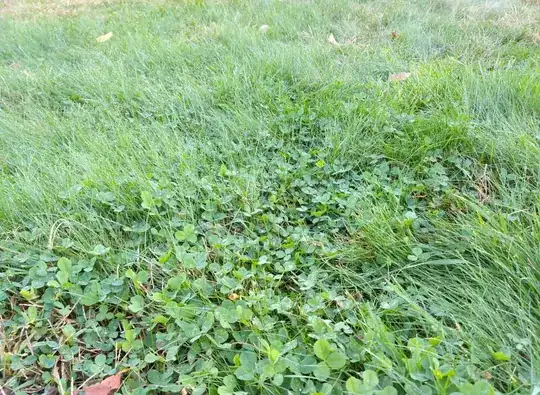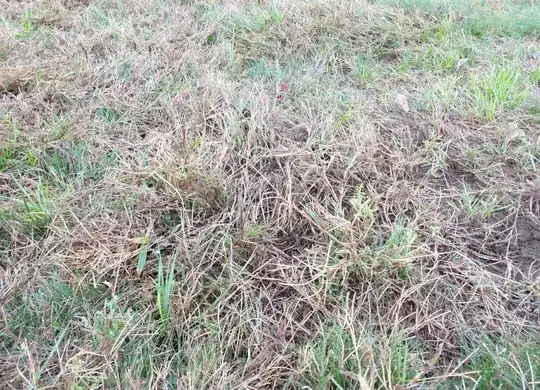Looking for suggestions on the best course of action for our lawn scattered with weeds. Our property is about 1 acre in Greenfield, MA and there are several patches with particularly high weed density. We tried to redo some of these patches in May or June by completely digging out the top few inches of soil (which was a lot of work!) and fresh seeding. We watered twice daily. However, the weeds soon took over and there were only little new grass here and there in the area we seeded. We gave up thinking as long as the land is green.. However, the weeds are dying(?) leaving big patches of brown. I think the dying ones are mostly crabgrass.
How should we go about this? Now it's perhaps a little late, but is Fall or Spring a better time to tackle this? Is there a good way to rejuvenate the worst patches without sacrificing the better parts? Or should we just completely start from scratch?
We are not seeking picture perfect lawn in our relatively rural area, but willing to put in the efforts and reasonable money. I read that you generally kill the weeds with herbicide, rake the dead debris away, and then seed, fertilize and water. (I always wondered why bother with the herbicide if we had to dig away the dead weeds anyway?) We did skip the herbicide application, but the plants in the soil were completely removed. Should we have done entire sections of the lawn instead of patches within? But seeds from our neighbors' would still be able to migrate over, I assume? A little more than a year home-ownership and very puzzled. Any help greatly appreciated!
UPDATED: Here are some pictures to show the great variety of weeds: clover, crabgrass, dandelions, ... (do not judge, please :) Clover is mostly concentrated towards the edge of the lawn (near driveway), visually at a glance isn't that unappealing. And dandelion looks just like grass when I cut them regularly. So for now crabgrass is our enemy number one.



